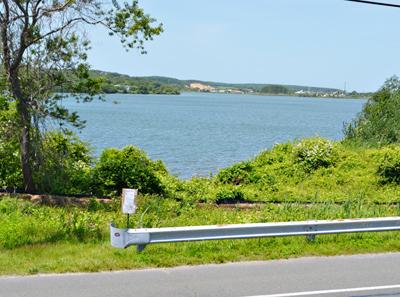Close, But No Contest
Close, But No Contest
While the votes for the two candidates for Sagaponack Village trustee were close in number on Friday, the race was not.
Joy Sieger and William Barbour were each re-elected for two-year terms. Ms. Sieger got 47 votes; Mr. Barbour 46.
The village board holds public meetings on the third Monday of each month and meets on planning issues on the second Monday of each month. A monthly calendar and legal notices are posted on the village’s Web site, sagaponackvillage.org.


